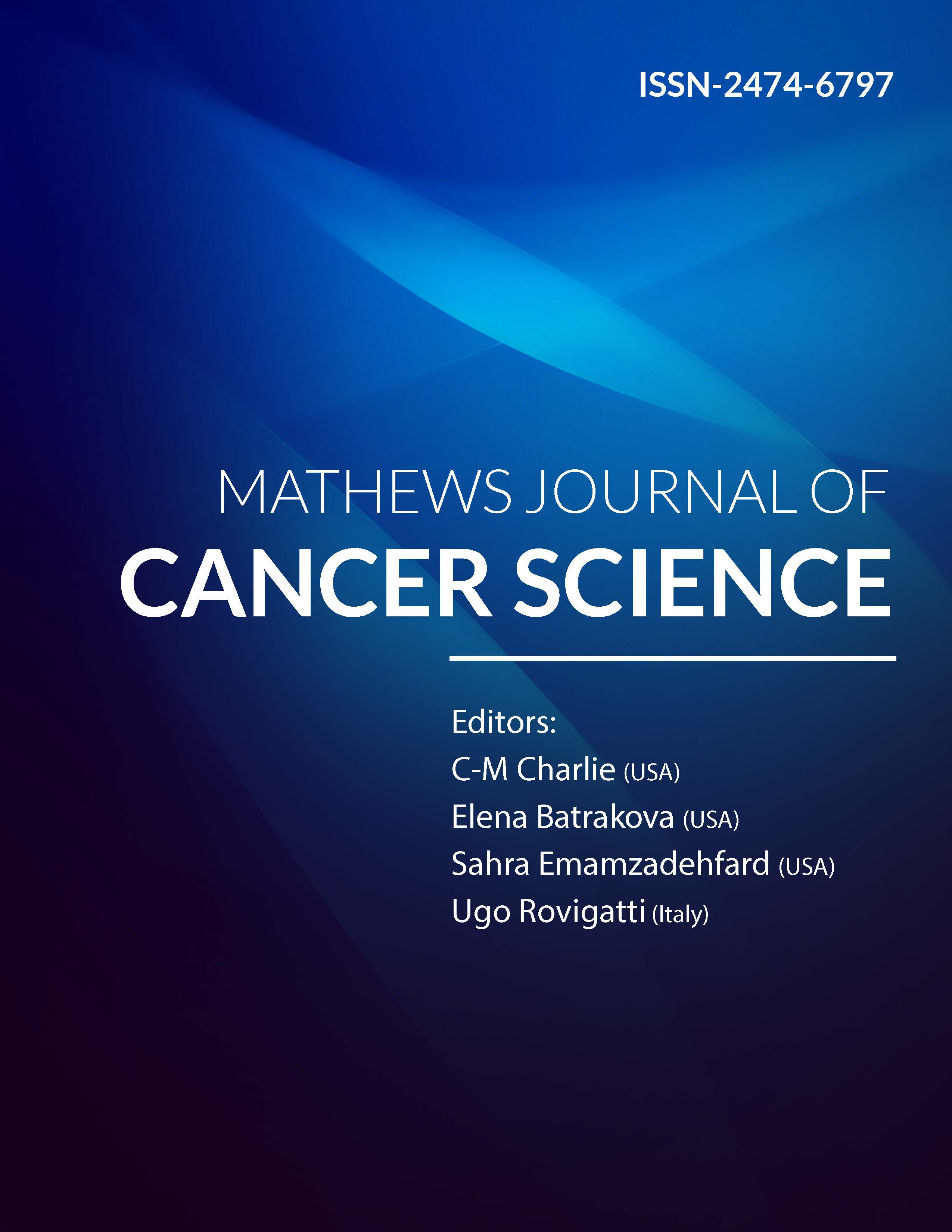
Information Links
Previous Issues Volume 2, Issue 1 - 2017
Anticancer Potential of EDTA: A Preliminary in Vitro Study
Loreto B. Feril Jr1*, Koichi Ogawa1, Akiko Watanabe1, Ryohei Ogawa2, Zheng-Guo Cui3, Takashi Kondo2, Katsuro Tachibana1
Department of Anatomy, Fukuoka University School of Medicine, Fukuoka, Japan.
2Department of Radiological Sciences, Graduate School of Medicine and Pharmaceutical Sciences, University of Toyama, Japan.
3Department of Public Health, Graduate School of Medicine and Pharmaceutical Sciences, University of Toyama, Japan.
Corresponding Author: Loreto B. Feril Jr, Department of Anatomy, Fukuoka University School of Medicine, Fukuoka, Japan, Tel: +81-76-434-7265; E-Mail: [email protected]
Received Date: 20 Dec 2016
Accepted Date: 04 Jan 2016
Published Date: 09 Jan 2017
Copyright © 2017 Feril LB Jr
Citation: Feril LB Jr, Ogawa K, Watanabe A, Ogawa R, et al. (2017). Anticancer Potential of EDTA: A Preliminary in Vitro Study. Mathews J Cancer Sci. 2(1): 009.
ABSTRACT
To determine the potential anticancer activity of ethylenediaminetetraacetic acid (EDTA), six cancer cell lines of human origin (U937, C-32, HeLa, HSC-2, Molt-4, and U87-MG) were treated with different concentrations of EDTA, and then assayed for cell viability. The melanoma C-32 cell line, which was found to be moderately sensitive to EDTA, was then compared to normal melanocytes, on the other hand, a relatively resistant cell line Molt-4 was then chosen for further investigation to determine the role of calcium-chelating activity of EDTA against the cells. The result showed that the cell lines had different levels of sensitivity to EDTA; and, that melanoma cells are more sensitive compared to melanocytes. Comparison of EDTA toxicity to that of a known calcium-selective chelator, BAPTA, also showed marked differences in toxicity profiles, which may suggest that the calcium chelating ability of EDTA may not be a major player in its toxicity against the cancer cells. Further study should be done to investigate how such anticancer effects work in vivo; and also, if EDTA can be utilized as an enhancer of other anticancer therapies, such as chemotherapy, radiotherapy and hyperthermia.